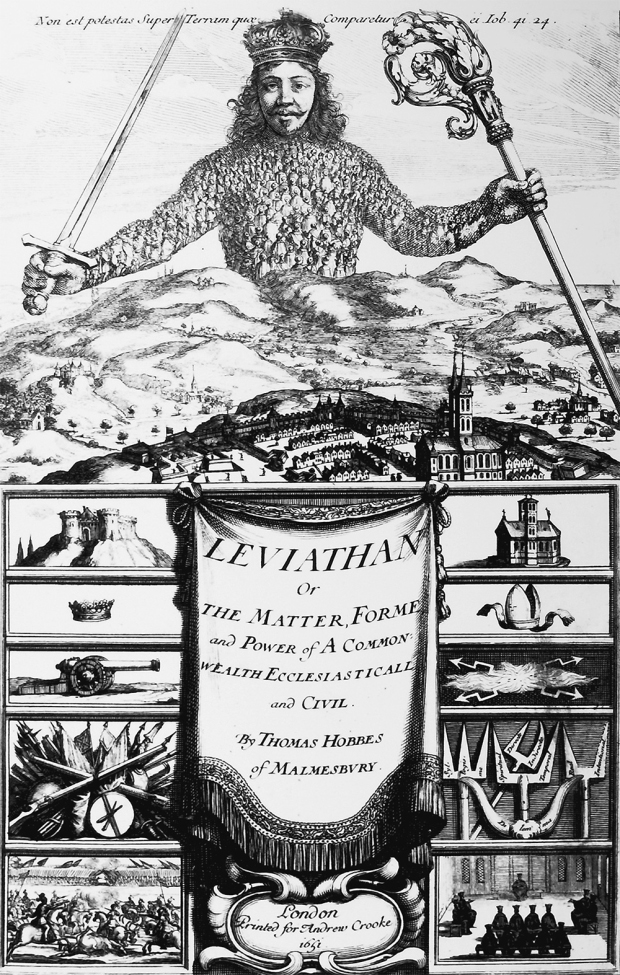
Abraham Bosse’s Body of Art- ‘Sovereign authority'
The body politic is personified in this 17th century work, another highlight from our brilliant new book, Body of Art
Next week Phaidon and Artspace will begin bringing you a series of interviews with artists, curators, academics, institute directors and other prominent figures, all on and around the subject of our brilliant new book Body of Art. This title is the first to celebrate the beautiful and provocative ways artists have represented, scrutinised and utilised the body over the centuries. You can read an introduction here to gain some insight into the themes they will be focusing on. As you may know, this week we're posting a story a day to whet your appetite. You can read about works by George Condo, Paul McCarthy, and Fernand Léger. Today we’re looking at Abraham Bosse’s 17th century frontispiece for one of the best-known works of political philosophy, Leviathan.
Written during the English Civil War, Thomas Hobbes’ 1651 book was one of the first works to set out why mankind, although selfish in nature, is better off when bound together by the covenants of the state. Without political order, man’s life is likely to be “solitary, poore, nasty, brutish and short.” Much wiser then, to have the multitude united in single, sovereign body politic. It’s a striking rhetorical image, and one that the book’s illustrator, the French artist Abraham Bosse, captured in this famous frontispiece, which is included in the Power chapter of our new book.
“A colossal, monarchic figure rises above the landscape, dwarfing the city below him. His body is formed from hundreds of smaller figures, who all look up at the giant they have made. Beneath him are smaller pictures that correspond with the symbolic sword and crosier that the king wields: secular power to the left, ecclesiastical power to the right. Between them, a curtain displays the title of the book for which this frontispiece was created: Leviathan by Tomas Hobbes. Hobbes and Bosse worked together on the image to create a striking visual metaphor of the book’s ideas. Bosse’s engraving illustrates the author’s thesis that ‘a multitude of men are made one person, when they are by one man, or one person, represented’. As an early example of social contract theory, Hobbes’s influential text revolutionized thinking about the structure of society and government. As such, Bosse represents the notion of sovereign authority as a conglomerate human figure, creating a powerful image of the body politic and indicating that the citizens who compose the Sovereign’s body also empower his rule.”
Check back tomorrow for another teaser from Body of Art. You can also learn more about the book here, and pre-order your copy here.